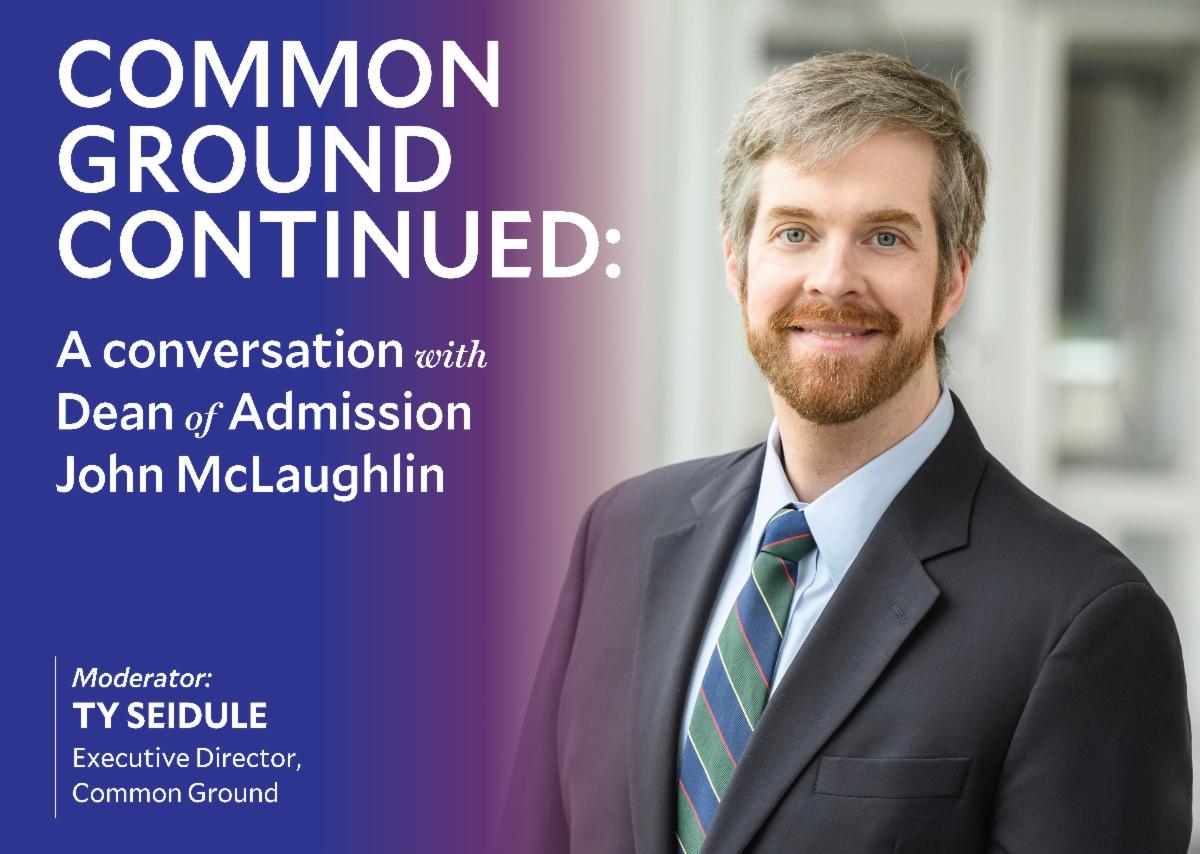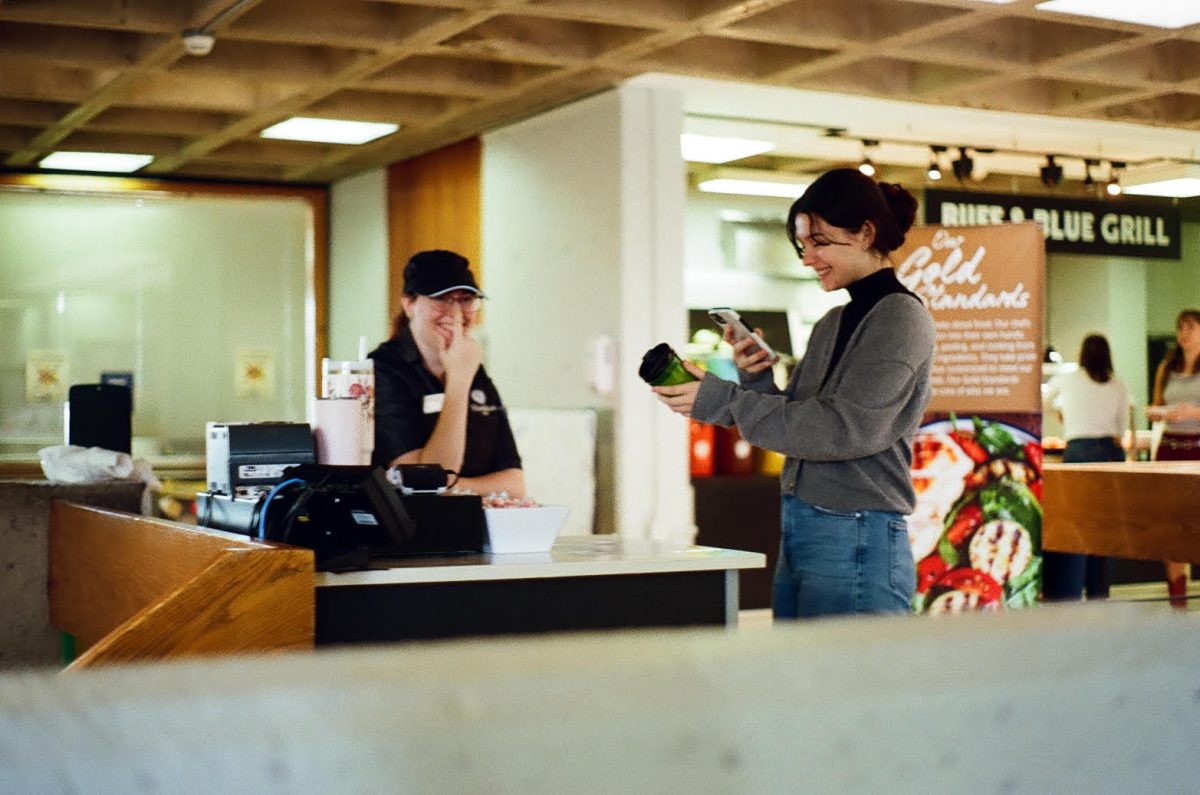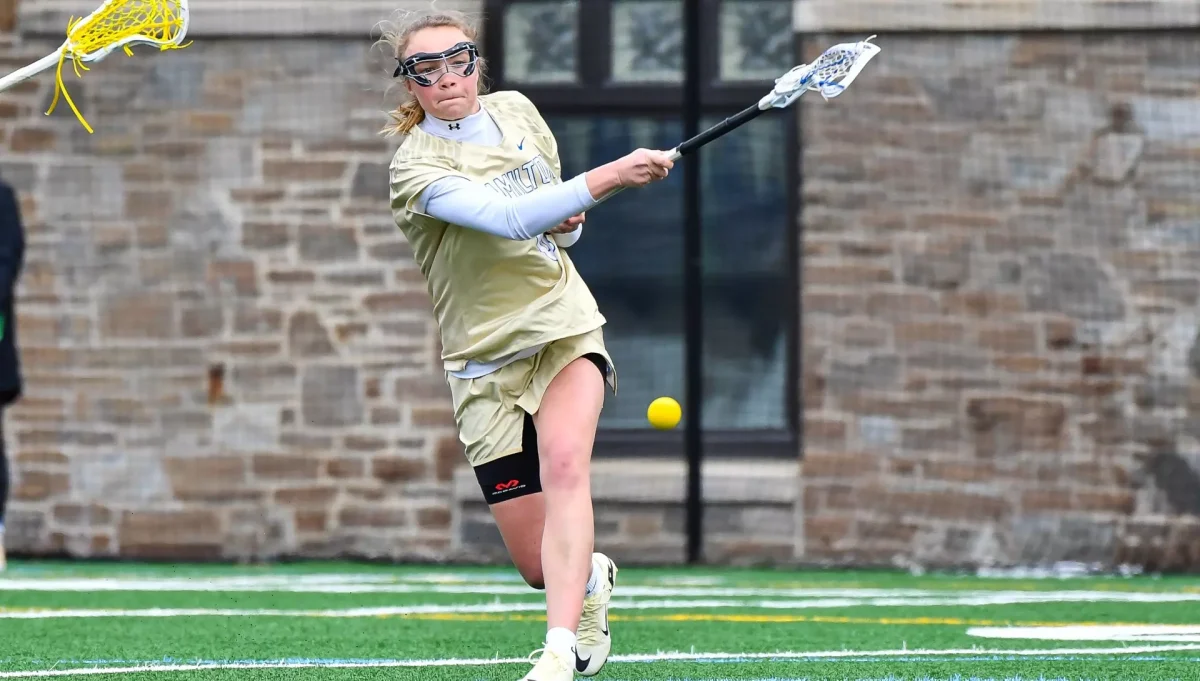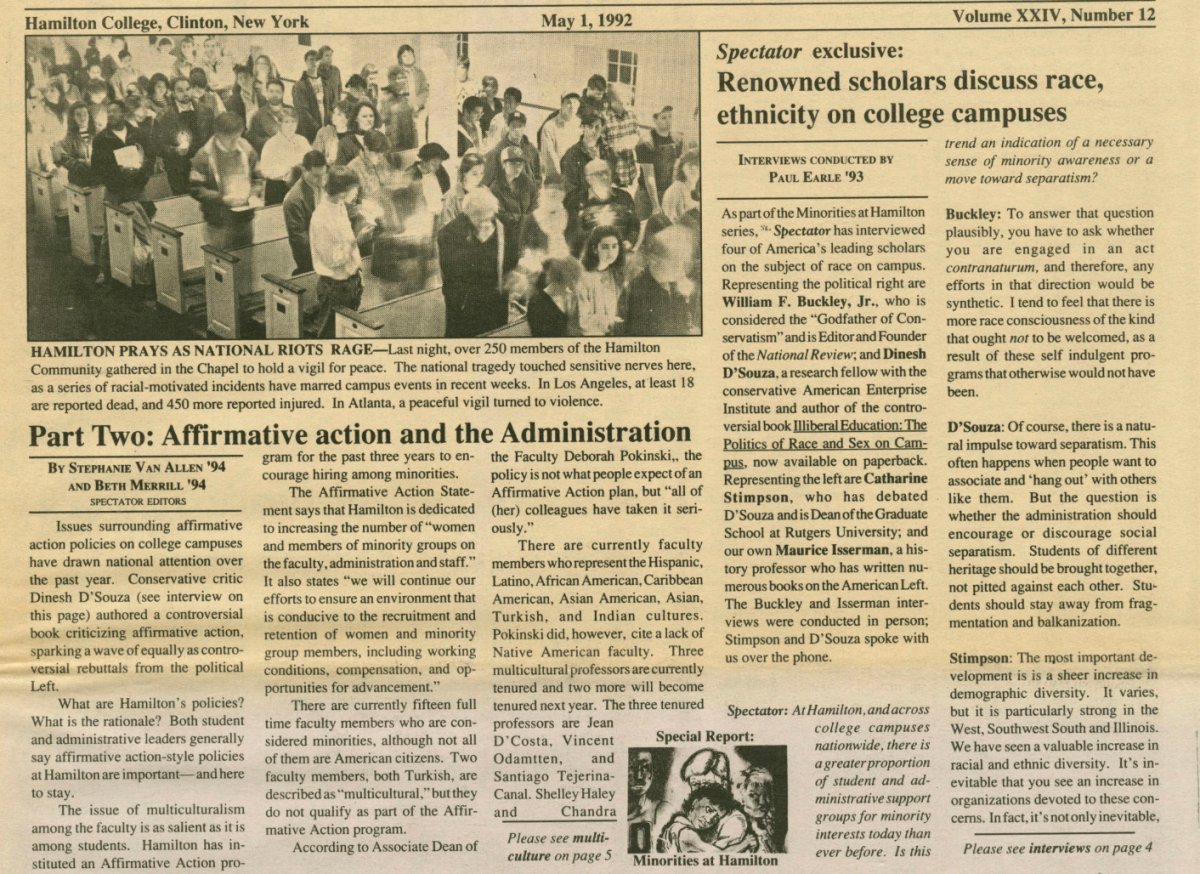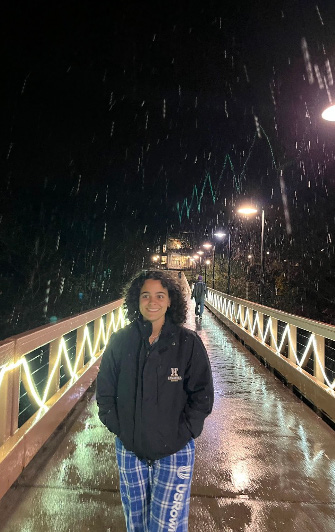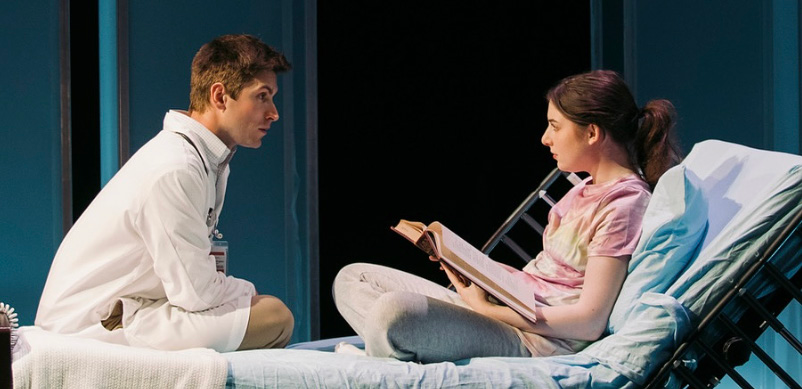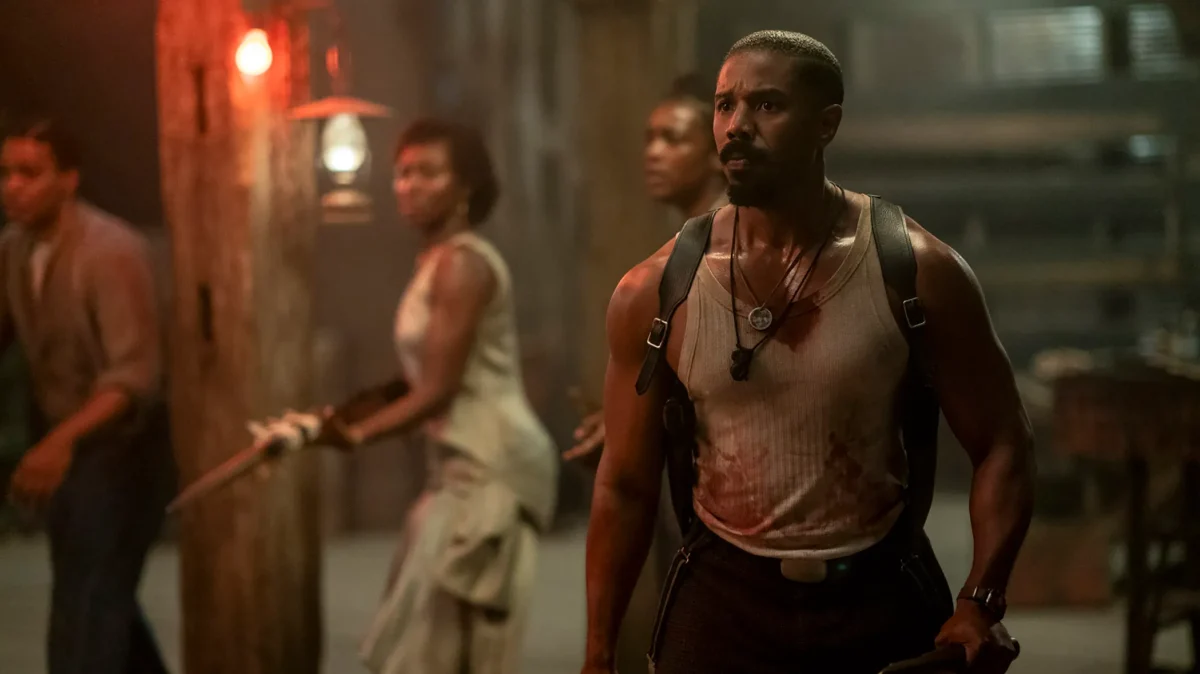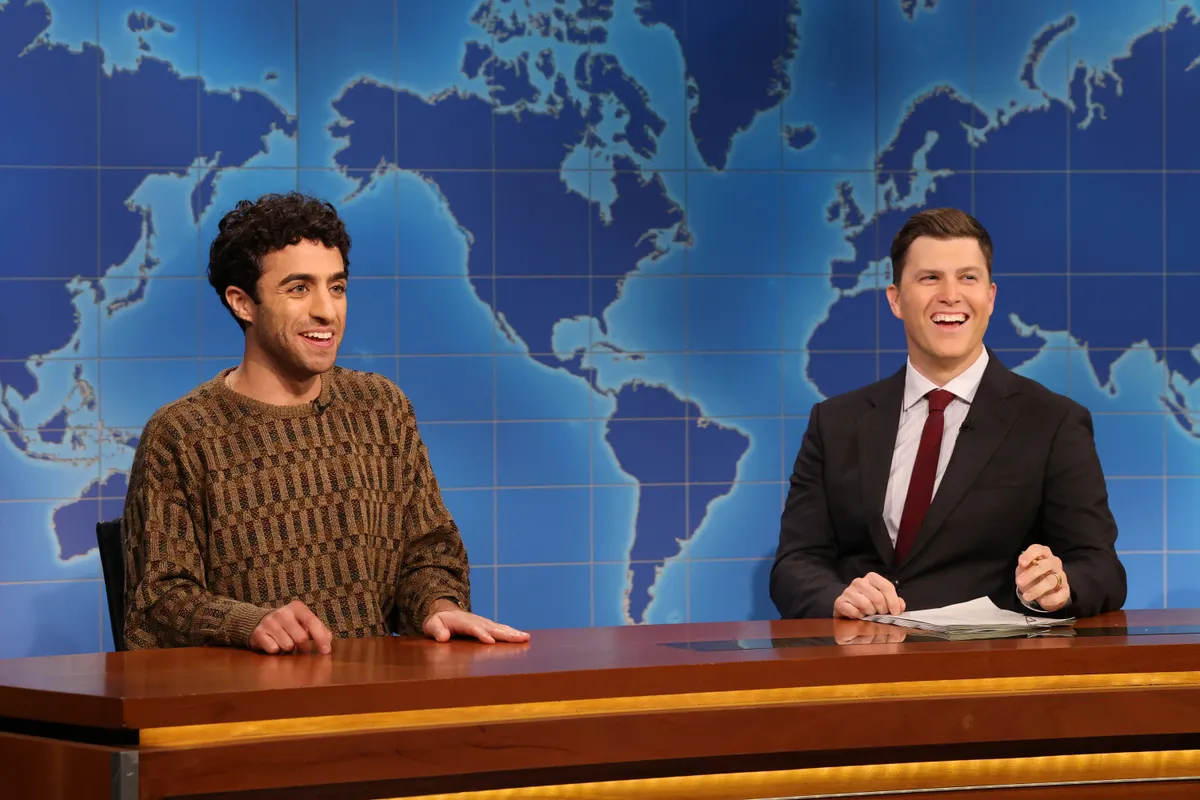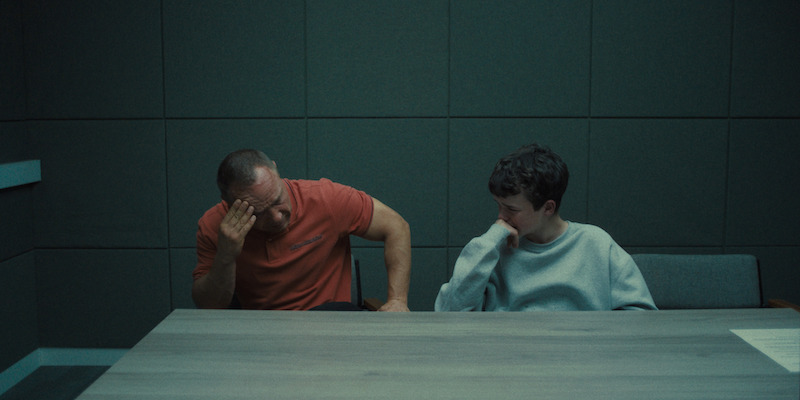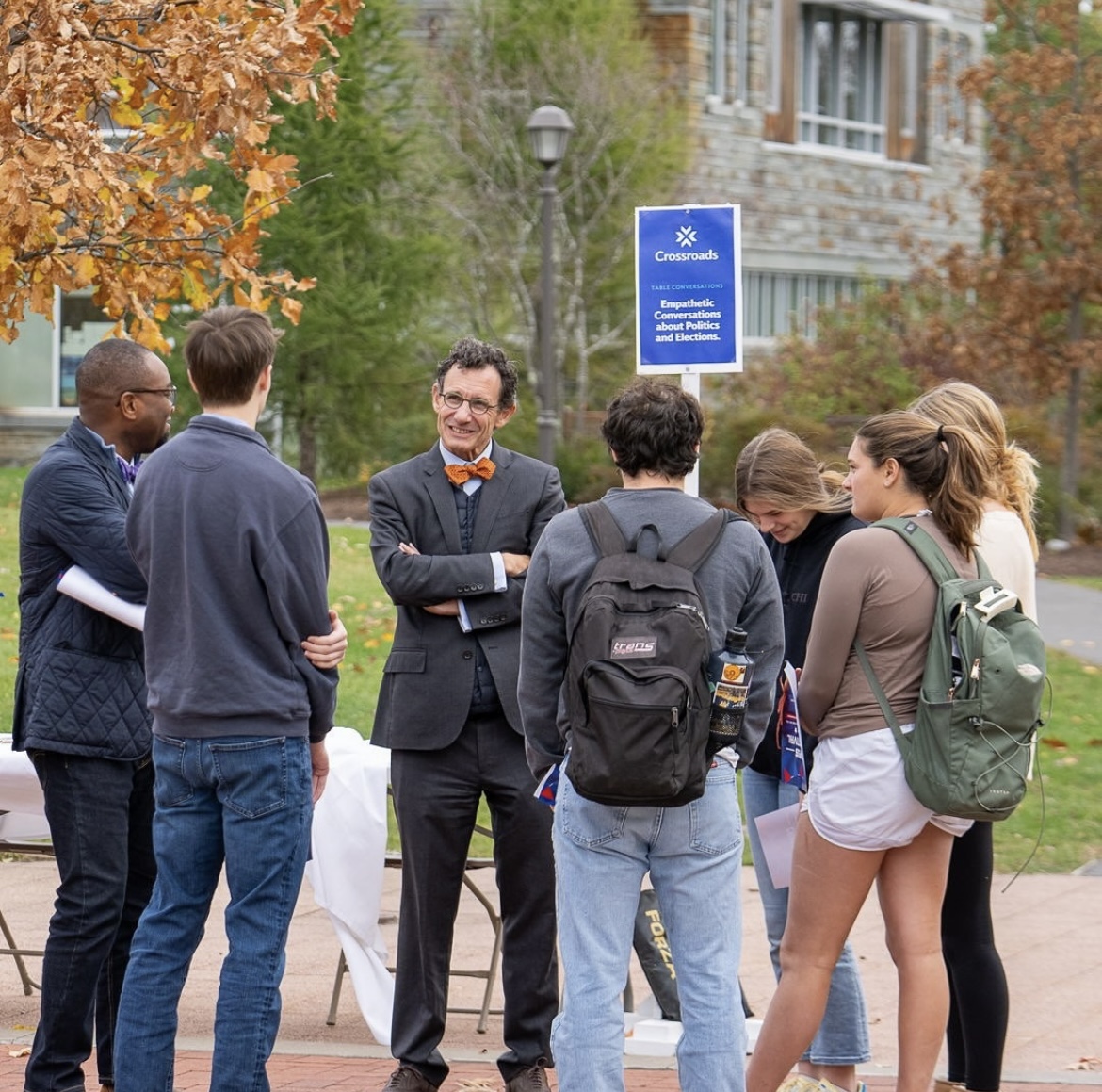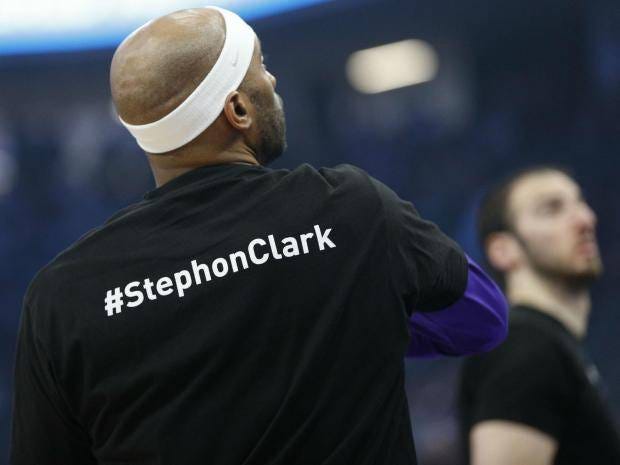
The police shooting of Stephon Clark occurred on March 18 in Sacramento, California. Initial reports cite calls to the police regarding a man breaking windows of cars and entering people’s backyards with a “tool bar.” A helicopter spotted Clark and followed him overhead, while policemen were directed to him on foot. The police shot at Clark immediately claiming to have seen a gun, which was later found to be a cell phone, and that Clark was approaching the officers in a threatening manner. Once Clark stopped moving towards the group, the officers asked him to put his hands in the air. These officers fired a total of twenty shots, ten each, claim- ing that they feared for their safety. Five minutes after they shot the last bullet, they left their place of safety behind the house to approach him. Though it was unclear whether or not he could have been saved in these moments, it it is true that each minute that passes increases the risk to a wounded individual. A few minutes after the last bullet was shot, the police officers involved also muted their audio recorders. In the aftermath of the shooting, an independent autopsy was ordered by the family and protesters marched in Sacramento for many days following the shooting.
What has become increasingly evident with every police shooting of unarmed civilians is a clear lack in trust, transparency, and effective communication. A large portion of the nation has little faith or trust in the police force and their judgement. This is not only apparent in conversation, but also in pro- tests that have erupted across the nation for this specific incident and many other similar incidents.
Along with the audio recorder muting and the span of time between the shooting and when the officers offered Stephon aid, there was also a
difference between the original report and the independent autopsy. The police’s initial impressions categorized him and his actions at the moment as a threat, but this differs from the independent autopsy findings which suggest he could not have been moving towards them in a threatening manner as he was shot in the back. The police also reported that he was holding some type of firearm, but he was found armed with only a cellphone.
The police’s actions on scene as well as the seeming lack of transparency continue to paint these cases as suspicious and in some ways ambiguous. In the age of technology, it would seem that we would be moving closer towards direct proof and a more singular truth; however, live video and thermal cameras continue to leave a contradiction between what the police say, what the video shows, and how the public perceives these events. Despite the “truth” that these recordings offer, we still rely on the perception and emotions of those carrying out the law. If they believe themselves or others to be in danger or to stop a suspect from escaping if they think they are harmful to others, then they are entitled to react and to shoot. This reliance on perception is consistently flawed because perception is innately and unavoidably subjective and biased.
The concepts of danger and fear depend so much on a person’s previous understand- ing of what qualifies as a dangerous situation or person, including skin color, demeanor, gender, clothing, physical signs of class, and ways of speak- ing, factors all exclusive of the possession of a weapon. All of these forms of bias create our lens and thus our perception. These negative stereotypes, until cleared up and ideally changed, leak in pervasively and always shape what we perceive to be dangerous or life threatening. Until these system- ic biases are acknowledged and dealt with, they are allowed to remain invisible and continue to impact these police officers’ perceptions and thus actions each day.
It is not that this fear was not real. But did their fear stem simply from their belief that Stephon Clark had a weapon? The fear that these biases create result in precautionary and sometimes reactionary action, and the policies in place protect this acting out of fear for one’s life often with little con- sequences. If we rely on intent alone to prove guilt, we do not always fully hold people ac- countable for the resulting actions. Whatever the intent of the police officers and whatever guided their fear, this does not change the fact that the life of an unarmed man was taken. Whatever the intent, it does not change the result: the living have lost a family member, a friend, and a member of their community. It only continues to amplify the fear that those expected to protect us will not do so, and that those who have been chosen to hold them accountable never will.


